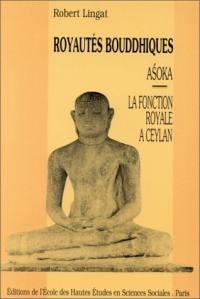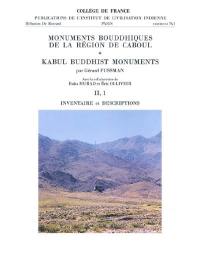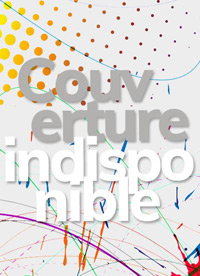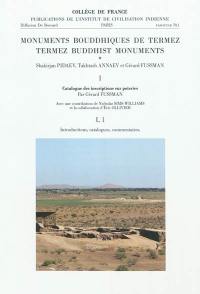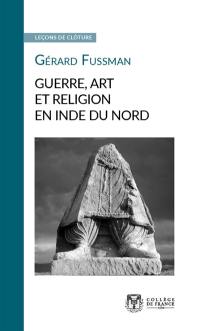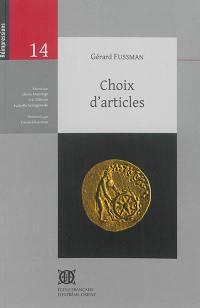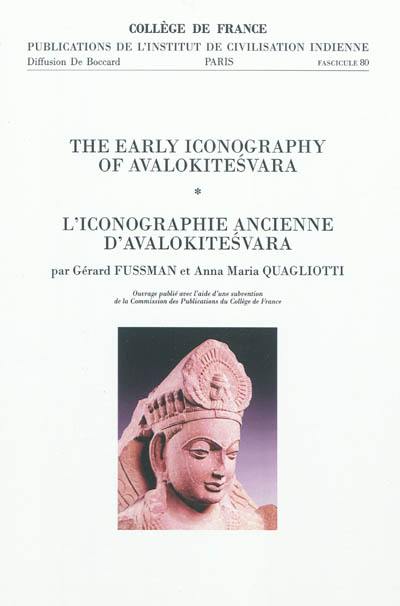
Fiche technique
Format : Broché
Nb de pages : 152 pages
Poids : 400 g
Dimensions : 17cm X 25cm
ISBN : 978-2-86803-080-1
EAN : 9782868030801
L'iconographie ancienne d'Avalokitesvara
Quatrième de couverture
La première partie de ce livre, par G. Fussman, lie l'étude de deux statues de la collection Pritzker à deux évolutions majeures du bouddhisme dans les deux premiers siècles de notre ère : la création de l'image anthropomorphique du Buddha et les débuts du mahayana, qui entraînèrent la création d'images de nouveaux bodhisattva-s. Elle examine en particulier les tâtonnements qui ont précédé la création de l'image standard d'Avalokitesvara. L'étude de tout changement supposant l'existence d'une chronologie relative et absolue, cette première partie traite de la date de l'apparition de l'image humaine du Buddha au Gandhara et revoit la chronologie de l'art bouddhique de Mathura en refusant la théorie des «centaines omises». En seconde partie sont réimprimés deux articles d'A.M. Quagliotti réfutant l'idée que les «bodhisattva-s pensifs» soient tous des Avalokitesvara. Enfin un court chapitre est consacré à l'analyse d'une stèle récemment découverte à Mes-e Aynak (Afghanistan). Elle confirme les conclusions précédemment atteintes par A.M. Quagliotti et G. Schopen.
The first part of this book, authored by G. Fussman, establishes a link between two bodhisattva-statues in the Pritzker collection and two great changes which happened in Buddhist devotion during the two first centuries of the C.E., viz. the creation of an anthropomorphic image of the Buddha and the beginnings of the mahayana movement, with, as a consequence, the creation of images of new bodhisattva-s. Special attention is given to the attempts at the creation of images of Avalokitesvara which preceded the creation and adoption of the later standard imagery. A chronology is needed for any study of change. No wonder if many pages in the first part of the book are devoted to dating the first Gandharan images of the Buddha and to a new examination of the chronology of Mathuran Buddhist art, which concludes by discarding the "omitted hundreds" theory. The second part of the book is a reprint of two papers by A. M. Quagliotti, where she demonstrated that not every "pensive boddhisattva" should be identified with Avalokitesvara. In addition, G. Fussman analyses a stone stele recently discovered in Mes-e Aynak (Afghanistan), whose iconography supports the conclusions of A.M. Quagliotti and G. Schopen.







